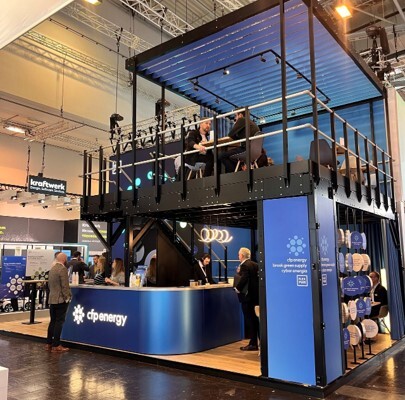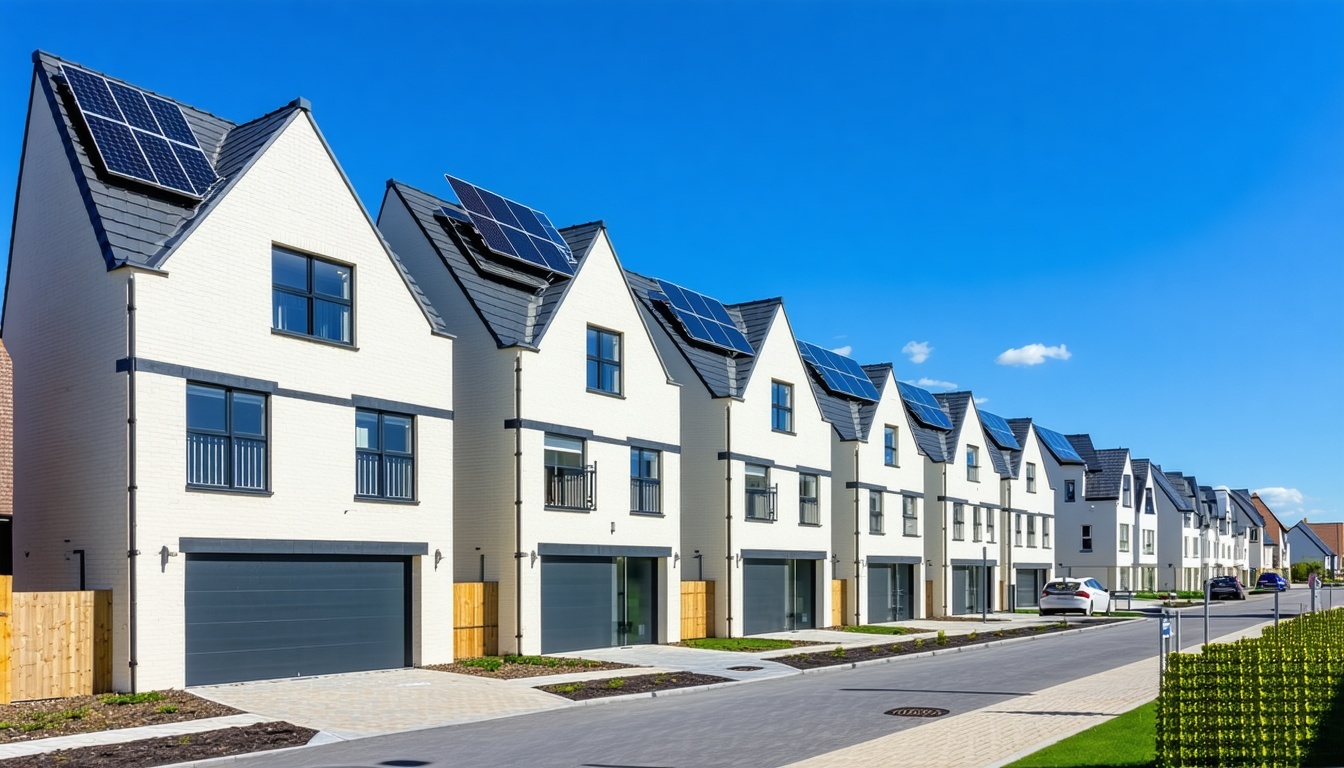.png)
Reducing Carbon Emissions in Construction: Practical Steps for Greener Construction
Accounting for around 37% of global emissions, the construction sector is by far the largest emitter …
CFP Energy helps large-scale infrastructure, construction and development companies reduce their carbon emissions and accelerate their energy transition.
Regulatory pressure is mounting and carbon costs are growing for European construction operators.
0
Carbon Border Adjustment Mechanism (CBAM) in 2026 means cement, steel & aluminium face carbon pricing
£40-£80
Producing one tonne of cement costs an additional £40-£80 in carbon costs
0%
The built environment is responsible for around 40% of global C02 emissions
Tim Atkinson
Head of Carbon
CFP Energy works across Europe, providing the building and construction industries with a range of solutions to decarbonise major developments in the immediate and long-term future.
CFP Energy can supply a range of sustainable fuels, renewable energy solutions, and financial services to help you reduce shipping.
Construction firms can use green certificates to verify renewable electricity used on-site and in offices. This reduces Scope 2 emissions, supports planning compliance, and demonstrates commitment to low-carbon construction practices to clients and regulators.
Replacing diesel with HVO or other biofuels in construction machinery reduces on-site emissions without requiring new equipment. This supports emissions reduction, air quality improvement, and compliance with local low-emission zone requirements.
Construction businesses with long-term operational energy needs — like precast plants or modular facilities — can use PPAs to secure renewable electricity, reducing lifecycle emissions and supporting net zero building certification or sustainable supply chain requirements.

Our ETS and gas & power experts will be heading the 'region's premier energy transition event', uniting decision makers from Romania, Bulgaria, Moldova, Ukraine, Turkey, and Georgia.
4-5 Feb 2026
Bucharest, Romania
Conference

The meeting place for the European Energy Industry. CFP Energy Group will be attending again in 2026 to engage with and meet leading businesses on the journey to decarbonisation.
10-12 Feb 2026
Essen
Expo
This report draws on data from a comprehensive survey conducted by CFP Energy across large-scale organisations in the UK, Germany, and France.
With insights from industries including aviation, data centres, shipping, construction, and manufacturing, the report highlights emerging strategies, investments, and the regulatory pressures driving the need for carbon reduction.
.png)
Accounting for around 37% of global emissions, the construction sector is by far the largest emitter …

Making up nearly 40% of total carbon emissions worldwide, the construction industry is one of the largest …

As of 2025, a new set of building regulations called the Future Homes Standard (FHS) will come into effect…
The EU Emissions Trading System (ETS) affects construction by increasing carbon costs for materials like steel and cement. Developers and contractors must account for embedded carbon and prioritise low-emission materials and supply chains to mitigate financial and regulatory risks under ETS compliance.
Sustainable construction refers to designing, building, and maintaining structures using environmentally responsible practices. It includes minimising resource use, lowering carbon emissions, and ensuring energy efficiency across the lifecycle—supporting climate targets, regulatory compliance, and long-term asset resilience in the built environment.
Achieving carbon neutral construction involves reducing embodied and operational emissions through low-carbon materials, efficient design, renewable energy use, and offsetting unavoidable emissions. Whole-life carbon assessments and sustainable procurement are critical to delivering net zero construction projects across infrastructure and real estate.
Net zero in construction means that the total greenhouse gas emissions produced during construction, operation, and eventual decommissioning are fully eliminated or offset. It requires lifecycle carbon accounting, sustainable material choices, and integration of on-site renewables and energy efficiency technologies.
Key regulations include the EU ETS, the Energy Performance of Buildings Directive (EPBD), the EU Taxonomy for Sustainable Activities, and national building codes mandating energy efficiency and carbon reporting. Compliance drives low-carbon construction, supports funding eligibility, and ensures alignment with EU climate goals.